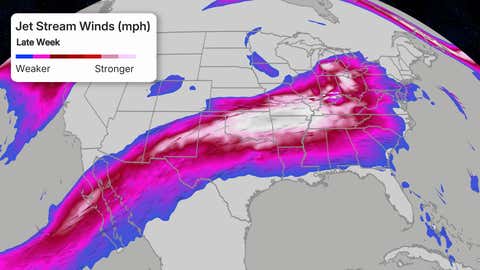Understanding Tornado Watch: What to Do When Severe Weather Strikes
A tornado watch can be a stressful alert, especially during spring and early summer when severe weather outbreaks are more frequent across the Midwest and Plains. Understanding what a tornado watch means, how it differs from a warning, and how to keep your family safe is essential.

What Is a Tornado Watch?
A tornado watch is issued by the National Weather Service when conditions are favorable for tornadoes to form. This alert covers a broad area and usually lasts several hours. It does not mean a tornado has been spotted, but that the atmospheric setup—moisture, wind, and instability—raises the risk. When a tornado watch is in effect, stay alert and monitor local news or weather apps for updates.
Recent Tornado Watches and Midwest Impacts
In recent days, several states in the Midwest—including Minnesota, Wisconsin, and Illinois—have faced heightened tornado risk. Major cities like Minneapolis, Chicago, and Milwaukee prepared for potentially severe storms, large hail, and damaging winds. Significant tornado damage was recently reported in Wisconsin, with power outages and homes destroyed by fierce storms. You can read more about the specific impacts and ongoing risks in this Fox Weather coverage of Midwest tornado damage.
The threat isn't over after a single day. According to meteorologists, the severe weather pattern may extend for several days, putting millions at risk across the region. To understand the evolving situation and forecasts, visit Weather.com's multi-day severe weather outlook.
Tornado Watch vs. Tornado Warning: What’s the Difference?
A tornado watch signals that you should be ready to act, while a tornado warning means a tornado has been spotted by radar or observed on the ground. During a watch, prepare your safe shelter and review your emergency plan. If a warning is issued for your area, take cover immediately in a basement, safe room, or small interior room on the lowest floor of your home.
How to Stay Safe During a Tornado Watch
- Monitor updates: Use trusted weather sources or mobile apps to receive alerts.
- Prepare your shelter: Know the safest location in your home. Store supplies such as water, a flashlight, and a weather radio there.
- Stay Informed: Tornado watches can quickly turn into warnings. For real-time reporting and video coverage of recent tornado touchdowns, check out ABC News’ in-depth tornado video report.
- Have a plan: Make sure each family member knows what to do and where to go if a warning is issued.
Conclusion
Tornado watches serve as a critical early warning, giving you time to get prepared before dangerous storms develop. Staying informed, having an emergency plan, and understanding the risks can keep you and your loved ones safe. Always treat a tornado watch seriously, and use available resources to monitor updates as severe weather unfolds.